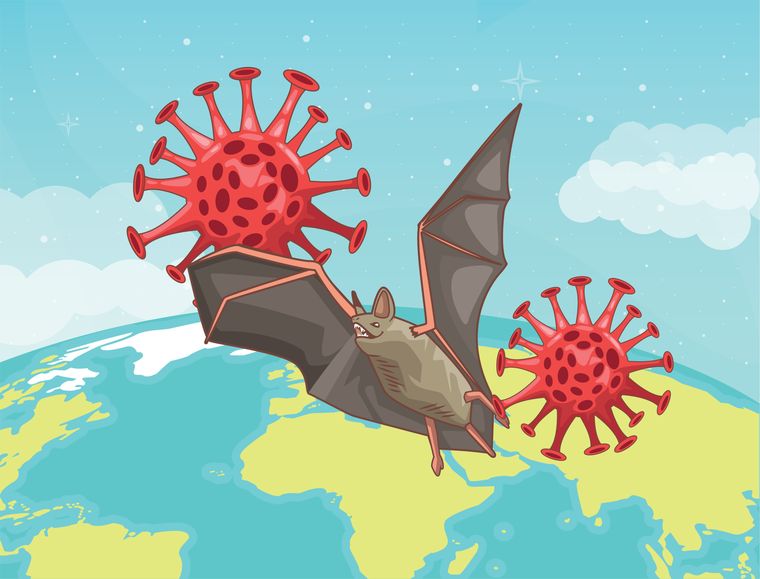You have watched countless movies with the same plot—scientists try to modify a species. In your gut you know that it’s not going to end well. It never does.
The infamous villain of the pandemic is the SARS-CoV-2, or SARS2 for short. So, if this is the second, we have had previous run-ins with similar characters. The first one was SARS-COV1 (a similar bat coronavirus) causing an outbreak in 2002, and a second one caused an outbreak in 2012—the MERS (Middle East Respiratory Syndrome) coronavirus. Now, this may be new information to you, but in the select circles of virology, this pandemic was expected: hell, we even tried to create the virus responsible for the pandemic—a process called 'Gain of Function'.
Gain of function is a scientific method by which a virus is manipulated to increase its transmissibility and virulence by applying selective pressure on the organism causing it to mutate. Manipulating the genetic code of these organisms and mixing the genes with other viruses can also form new viruses called chimeric viruses. In 2012 a paper was published in the journal, Nature, which demonstrated that mutating an influenza virus found in birds could be made to infect ferrets and result in airborne transmission of the virus. The ferrets (mammals) were a default stand-in for humans.
Now the logical question to ask when you read this is why on earth would you mess with a virus to make it more infectious? Well, the experts involved in this type of research argue that sooner or later these viruses can mutate on their own and, when they do, we have to be prepared. This research can lead to new drugs and vaccines which could potentially save mankind. It’s a different kind of race between our two species and we don’t want to be caught unawares. The counter argument is that the viruses, if and when they mutate, may not necessarily follow the lab-based mutations. In 2014, President Barack Obama agreed with the latter argument and put a moratorium on funding for Gain of Function research, involving influenza, SARS and MERS viruses. That decision has since been rescinded in 2017.
The scientists turned their attention to the coronavirus, after the SARS1 and MERS epidemic, with a particular interest in the spike protein of the virus. Another article in Nature in 2015, with authors from the US and the now famous lab in Wuhan, described a new chimeric coronavirus that could infect human airway cells with pandemic potential.
The National Institutes of Health (NIH) funded a company—eco alliance (project no 1R01AI110964-01)—to study the risk of bat coronavirus infection by studying human-wildlife interaction in China. The president of eco alliance, Peter Daszak, collaborated with Dr Shi (affectionately called “bat lady” in some circles) at the Wuhan lab. Daszak was also part of the WHO team that was responsible for investigating the Wuhan lab after the pandemic broke.
Now, there is a logical explanation for all these coincidences. There is no evidence that the SARS2 virus to date is a chimeric lab virus. Most scientists believe it’s a natural virus. The position of the NIH is that they had to investigate the bat coronaviruses after two epidemics, and what’s a more ideal place to study them than at Wuhan, where bat-human relationships are at its zenith. There is still a lot unknown about the pandemic—while the intermediate hosts were identified in SARS1 and MERS (civets and camels), the mechanism of transfer of SARS2 from bats to humans has not been definitely identified to date.
Assuming that all the experts are correct and the SARS2 virus is a natural virus, the broader question of chimeric viruses and the fact that active research is being done on coronaviruses to make them more deadly and infectious to humans is an undeniable fact. As this research is at least partly funded by the American taxpayer, I believe we need to have a broader public discourse on the ethics and utility of this research.
The fact that we can intervene on these sub-microscopic particles that do not fit the definition of viable life outside a host is a fascinating insight to how far science has advanced. We mess with nature at our own peril. We need one mistake to have another full-fledged pandemic on our hands. After all, “To err is human”.


